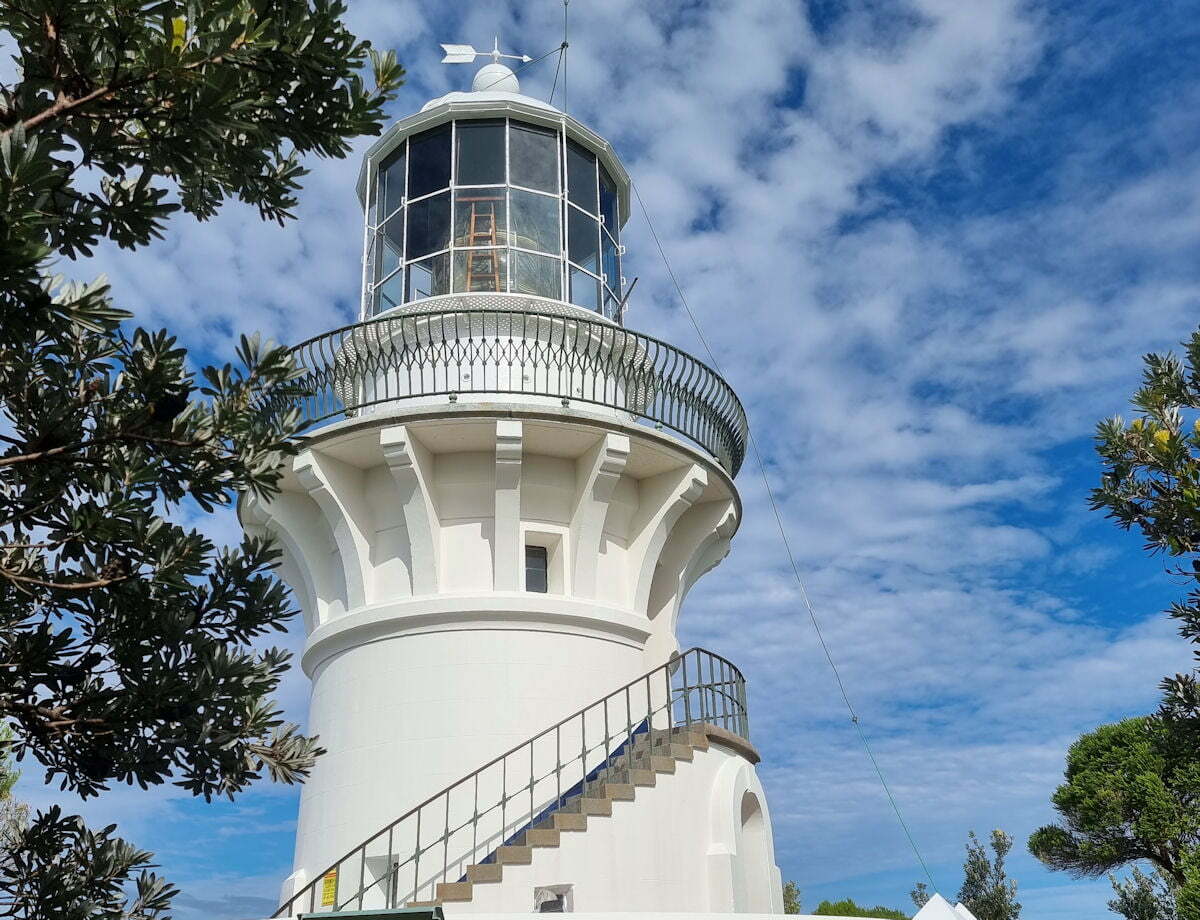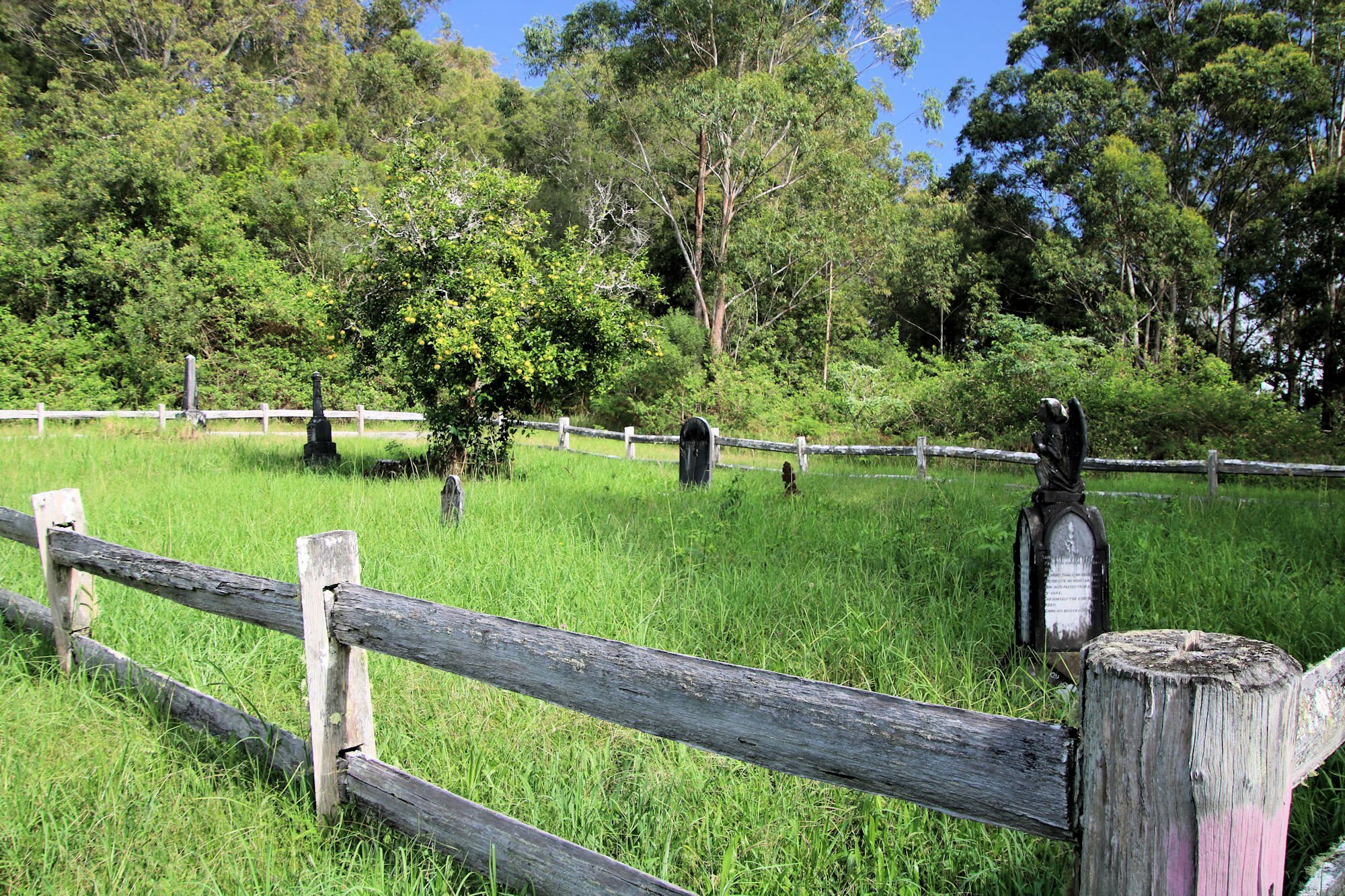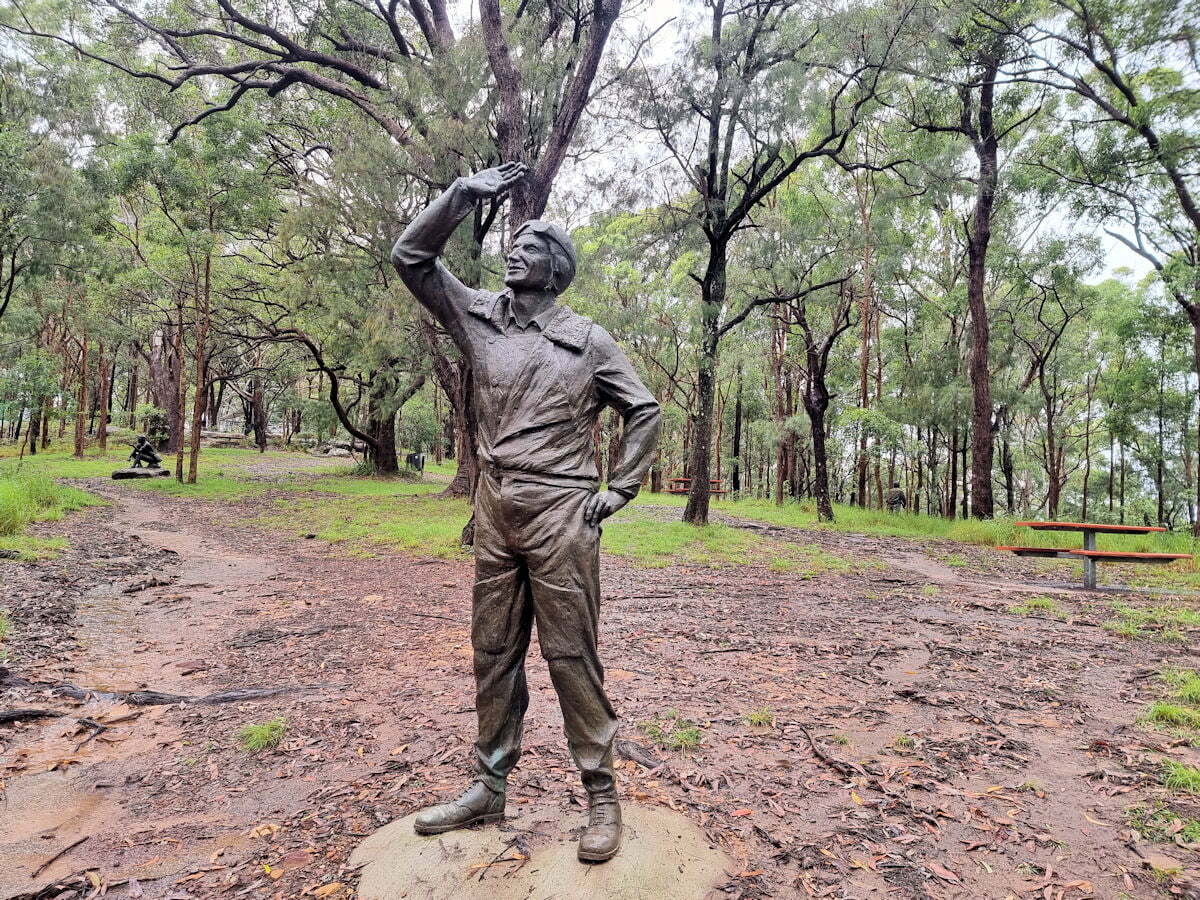Tag: Bush Walking
-
Sugarloaf Point Lighthouse Seal Rocks

Sugarloaf Point Lighthouse Seal Rocks Besides amazing beaches, Seal Rocks has a lighthouse at Sugarloaf Point overlooking the ocean and more beaches. Sugarloaf Point Lighthouse stands on a headland east of Seal Rocks village. Designed by colonial architect James Barnet as his first lighthouse, it was completed in 1875. It is one of only two… Read more
-
Neranie Cemetery Walk Myall Lakes

Neranie Cemetery Walk Myall Lakes This interesting little walk is not far from Seal Rocks on the New South Wales Mid-North Coast. Around an hour and 45 minutes north of Newcastle, the Neranie Cemetery Walk is a good spot to stop for a break. The sign for the start of the walk is old and… Read more
-
Rumbalara Reserve Statues

Rumbalara Reserve Statues On a wet and rainy morning, we decided to go bush walking at Rumbalara Reserve near Gosford to see the statues. The forecast said some light drizzle clearing to a fine day. Well, it rained all the way during our drive there, where on arrival we waited another hour for the rain… Read more